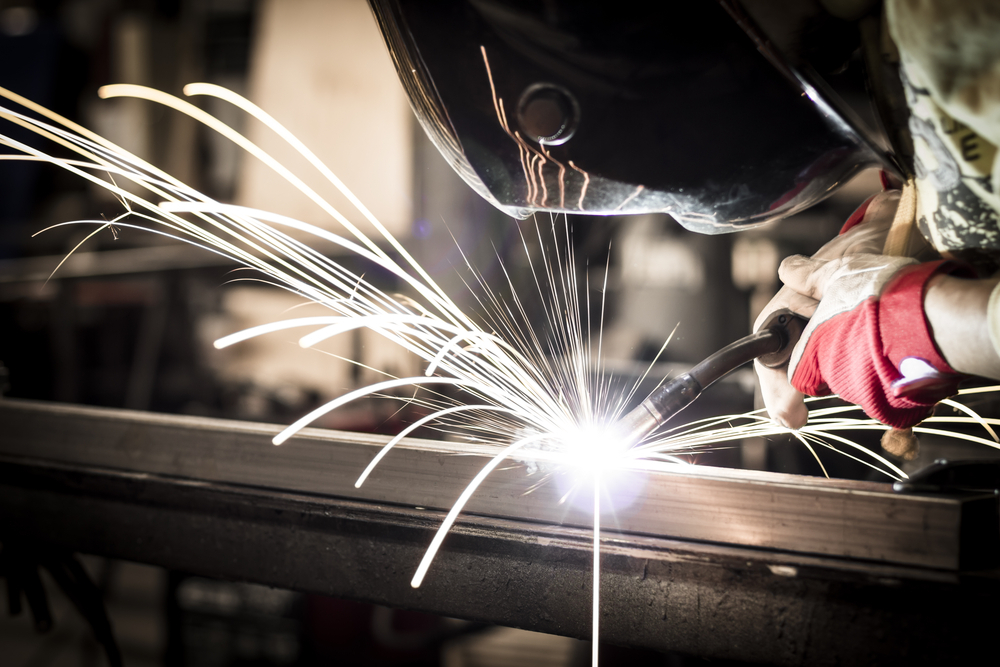The unique advantages of stainless steel make it a strong component for Metal Fabrication Singapore. Engineers and designers often undervalue or supervise these values because they trust that the initial cost of implementing stainless steel products is higher. However, over the lifetime of a project, stainless steel is often the best option economically.
What is stainless steel?
Stainless steel is essentially low carbon steel with a chromium content of over 10% by weight. It is the addition of chromium that gives the steel exceptional corrosion resistance. The steel chromium content allows the formation of a hard, adhesive, invisible, corrosion-resistant layer of chromium oxide on the steel's surface. There are over 60 grades of stainless steel, says Aluminium Supplier In Singapore. However, you can divide the entire group into four classes.
Stainless Steel Grades and Applications
- Martensitic 400 Series-General Grade: Straight Chrome AISI 410 (12-18%). It is magnetic and can be rebaked by heat treatment. Typical applications: fasteners, pump shafts.
- Ferritic 400 Series-General Grade: Straight Chrome AISI 430 (12-18%). It is low carbon and magnetic. Typical usage: finishing utensils, kitchen utensils.
- 300 Series Austenite-General Grades: AISI 304 Chromium (17-25%), Nickel (8-25%). It is non-magnetic and does not undergo heat treatment. High strength due to cold working. Corrosion resistance can be improved by adding molybdenum (up to 7%). Typical applications: food equipment, chemical equipment, construction applications.
- Curing-General grades: Chromium 17-4 (12-28%), Nickel (4-7%); Martensite or austenite. The force increases during heat treatment. Typical applications: valves, gears, petrochemical equipment.
Many advantages of stainless steel
- Corrosion resistance: Chromium is an alloying element that provides corrosion resistance to stainless steel. Low-grade seeds resist corrosion in good climatic conditions and clean water. High alloy grades are resistant to corrosion in most acid, alkaline, and chlorine-containing environments, making their properties useful in processing plants.
- Fire and heat resistance: Special grades with high chromium and nickel content are resistant to scale formation and maintain high resistance to high temperatures. Stainless steel is widely used in heat exchangers, super heaters, boilers, water heaters, valves, main flow lines, and aerospace applications.
- Hygiene: Cleanliness is paramount. The cleanability of stainless steel makes it ideal for harsh hygienic environments such as hospitals, kitchens, and food processing factories.
- Aesthetic Appearance-The glossy, easy-care stainless steel surface provides a modern and attractive look, according to Stainless Steel Supplier Singapore.
- Weight Strength Benefits: Austenite-grade curing, which significantly strengthens the material during cold working, and high-quality duplex grades, allow the material to be thinner than traditional grades. This results in significant cost savings.
- Ease of Manufacture-Modern steelmaking technology means that stainless steel can be cut, welded, bent, cast, machined, assembled, and manufactured as easily as traditional steel.
- Impact resistance: The 300 series austenite microstructure provides high resistance to sub-zero temperatures, making these steels particularly suitable for cryogenic applications.
- Long-term value: When considering total costs, you need to consider the costs of materials and manufacturing and the product life cycle costs. Stainless steel is often the cheapest material option for the cost of the entire life cycle.
• 100% Recyclable: Over 50% of new stainless steel is obtained from remelted stainless steel scrap, ensuring a complete life cycle.
No comments:
Post a Comment